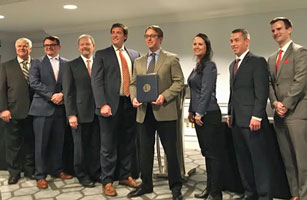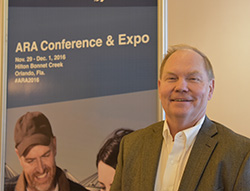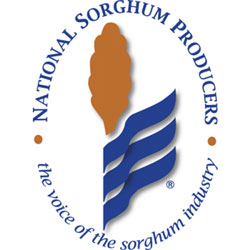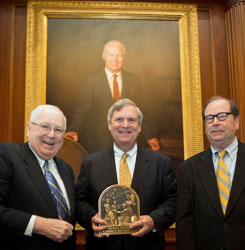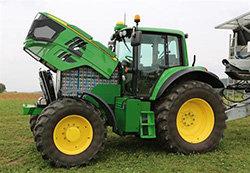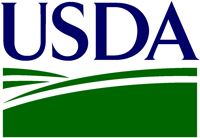 Agriculture Secretary Tom Vilsack yesterday announced updated regulations under the Grain Inspection, Packers and Stockyards Administration (GIPSA). The “Farmer Fair Practices Rules” outline “common sense protections to restore fairness and reduce the burden for farmers seeking justice under the Packers and Stockyards Act.”
Agriculture Secretary Tom Vilsack yesterday announced updated regulations under the Grain Inspection, Packers and Stockyards Administration (GIPSA). The “Farmer Fair Practices Rules” outline “common sense protections to restore fairness and reduce the burden for farmers seeking justice under the Packers and Stockyards Act.”
“For years, American farmers have been calling for protections against the most damaging unfair and deceptive practices confronting family farms across the country,” said Vilsack. “Poultry growers in particular are vulnerable to market risks and concentration in the processor market. All too often, processors and packers wield the power, and farmers carry the risk. Today, USDA is taking a big step toward providing the protections that farmers deserve and need.”
Joining Vilsack for the announcement were Susan Keith with USDA, National Farmers Union president Roger Johnson and Mike Weaver, president of the Contract Poultry Growers Association of the Virginias. Listen to it here: USDA presser on Farmer Fair Practices Rule
The proposal has been met with mixed reaction from the animal agriculture industry and will have to be approved by the incoming Trump administration after the comment period.


